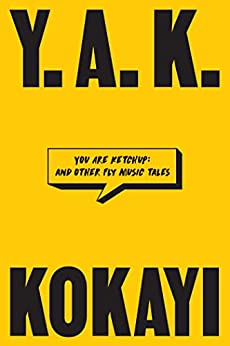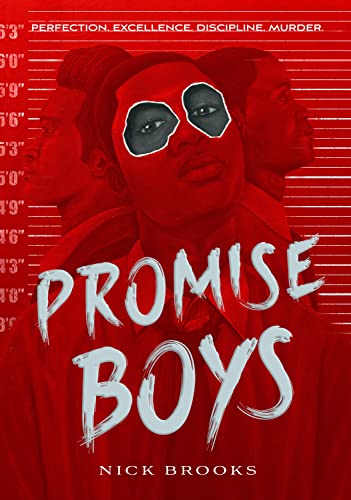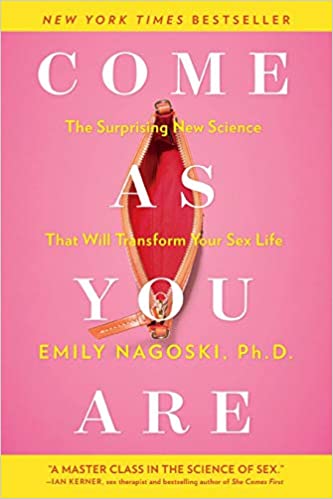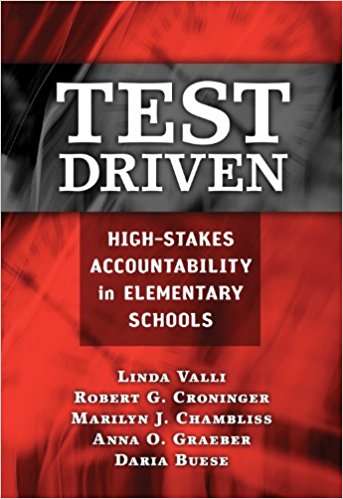You Are Ketchup: And Other Fly Music Industry Tales. Kokayi. 2022. Backbeat Books. 212 pages. [Source: Public library.] As a longtime DMV* resident and fan of countless musicians originating here, I’m not a stranger to seeing Kokayi’s name, well, everywhere. I wasn’t, however, familiar with the full scope of his career, and when the opportunity came to read his new release, You Are Ketchup, I jumped at the chance. Y.A.K. is part memoir-part advice manual for up-and-coming musicians/artists, but is filled with career, life, and love lessons for anyone who picks it up. Using the metaphor of ketchup as a commodity, Kokayi sets artists up for critical thought and planning about their talent, marketability, aspirations, and expectations — nearly every aspect of their career . He’s not preachy or even “one size fits all,” in his approach, and he doesn’t hold any cards. The game is the game, and the way he presents his own experiences allows for direct advice to help artists move through their career with intentionality so they can actually enjoy one with longevity and viability. Kokayi is a brilliant storyteller and deftly balances painful memories and honest truths with just enough humor to take the edge…
Promise Boys. Nick Brooks. 2023. Henry Holt & Co. 279 pages. [Source: ARC provided by the publisher via NetGalley in exchange for an honest review.] The beloved principal of Urban Promise Prep is dead from a single gunshot to the head. Three suspects — his own students — are in custody. While police work to find a motive for who would murder a man working to save so many at risk boys, the three students are seeing the futures they’ve worked for crumbling in front of them. Promise Boys follows J.B., Ramon, and Trey as they try to prove their innocence. To outsiders, they each appear to have a compelling motive to hurt Principal Moore, who seems to have a penchant for humiliating them under the guise of discipline. J.B. is described as quiet and smart, but with a size that intimidates and strength that hurts. Ramon is an aspiring entrepreneur whose affiliation with a local gang constantly asks him to choose between the life he wants and the reality he’s in. Trey has already been labelled a troublemaker, but the profile he brings to the school’s basketball team is hard to ignore. Almost immediately, the community erupts into a…
Come as You Are. Emily Nagoski. 2015. Simon & Schuster. 416 pages. [Source: Personal copy.] Pardon me while I pick up a few extra copies of this for my exes and one for my next. All jokes aside, Come as You Are is a thought-provoking, reflection-inducing read that’s just as eye-opening as it is affirming. It starts by acknowledging the shame that many women may carry due to their perceptions of their body, sexuality, and relationships, most of which are byproducts of a society that does not and has never prioritized womens’ sexual autonomy. The result is a text that always centers womens’ health and wellness and seeks to normalize differences among them. Topics range from the biological similarities of male and female reproductive organs, the importance of context’s impact on sex, the wide range of sexual responses, and how women can use an individualized approach to move toward a sexual life that is healthy and gratifying. One of the most important points of this book is reiterated frequently – women are different. Their bodies and different — and normal. How they view sex is different — and normal. Their sexuality is different — and normal. By starting with baseline,…
Salt: A World History. Mark Kurlansky. 2003. Penguin Books. 494 pages. [Source: public library.] I didn’t know exactly what I was getting into when I picked up Salt, but what I got was quite literally a world history of salt. At its core, this book asserts that “since the beginning of civilization, salt was one of the most sought-after commodities in human history.” I can’t say I’ve ever put that much though into salt beyond its use as a condiment. Salt is not meant to be a sexy book, but it captured the complexities of salt with more appeal than I expected. I would assume that most people think about salt for its culinary uses, and Kurlansky pays a lot of attention to how different cultures used salt for maintaining food supplies with limited technologies. By the end of the book, though, I was tired of reading about salted meat and fish. Salt is good for more than just cooking, though, so Kurlanksy gave examples of various cultural or local practices that made salt significant – these included burial practices and transportation uses. There is a significant focus on methods of gathering salt, from early solar evaporation of brine to…
Test Driven: High-Stakes Accountability in Elementary Schools. Linda Valli, Robert G. Croninger, Marilyn H. Chambliss, Anna O. Graeber, Daria Buese. 2008. 208 pages. Teachers College Press. [Source: personal copy.] I can only hope that more people than just educators and those in academia are exposed to the invaluable information the authors provide here. The insights into how the educational landscape is being warped by a focus on standardization and other national educational policies are some that I never considered, but am certain I need to be aware of.





